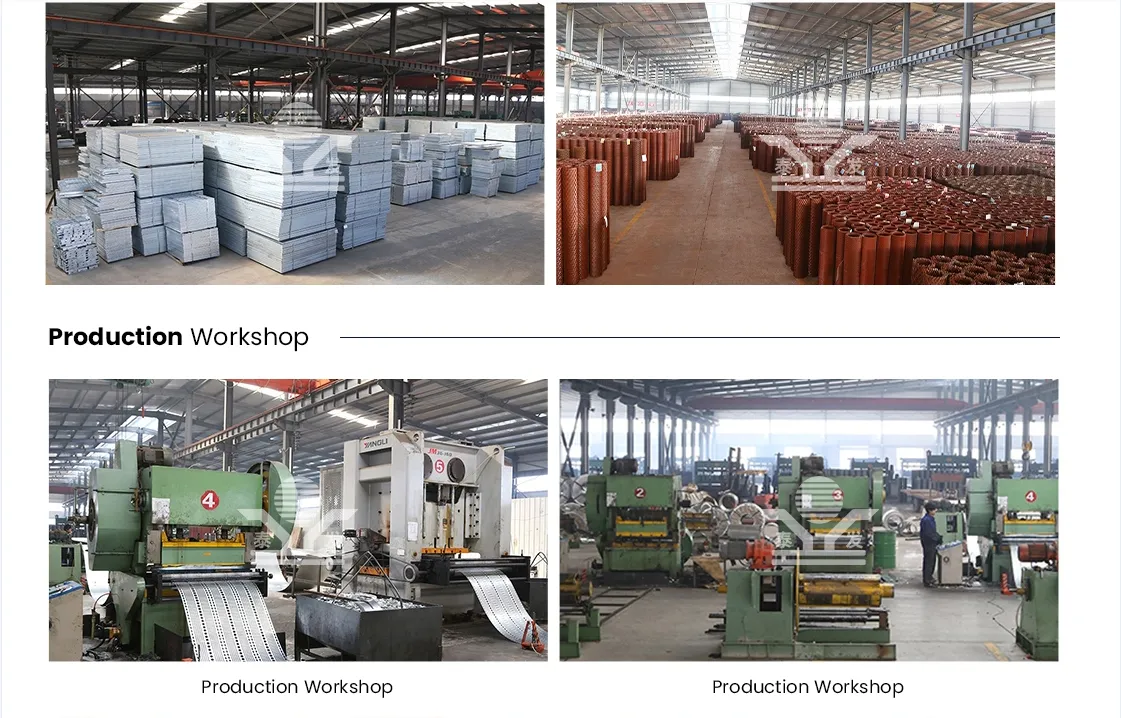Understanding Perforated Metal Sheet Sizes A Comprehensive Guide
Perforated metal sheets are invaluable materials used across various industries, from construction to manufacturing and beyond. Their unique structure of holes or slots allows for numerous applications, including filtration, ventilation, aesthetic design, and architectural features. When selecting the right perforated metal sheet for a specific project, understanding the sizes and specifications is crucial. This article will explore different perforated metal sheet sizes, their standard dimensions, and important considerations for selecting the right sheet for your needs.
Standard Sizes of Perforated Metal Sheets
Perforated metal sheets come in a range of standard sizes, which can vary significantly depending on the material and manufacturer. Typically, these sheets are available in standard dimensions of 4x8 feet, 5x10 feet, and 3x10 feet. These length and width measurements cater to a wide variety of applications, making it easier to source materials that fit specific project requirements without significant modification.
In addition to the standard sheet sizes, perforated metal panels can also be custom cut to meet individual project specifications. Custom sizes allow designers and engineers to create pieces that perfectly match their intended use, whether for architectural facades, industrial screens, or specialized machinery.
Perforation Patterns and Hole Sizes
Apart from the overall dimensions of the sheets, the specifics of the perforation itself play an equally important role in the sheet’s functionality. The size, shape, and spacing of the holes can be tailored based on the demands of the project. Common hole shapes include round, square, or slotted, with hole diameters typically ranging from 1/16 inch to 1 inch or more, depending on the application.
The spacing of the holes, often referred to as “pitch,” is another critical factor. Standard pitch dimensions can range from 1/4 inch to 2 inches, determining how closely the holes are set together. For instance, a denser arrangement of holes will allow for greater airflow and lighter weight while providing less structural integrity compared to less densely perforated sheets.
Material Considerations
perforated metal sheet sizes

Numerous material options are available for perforated metal sheets, including aluminum, stainless steel, and mild steel. Each material has its advantages and specific uses, influencing the choice of sheet size and perforation pattern.
- Stainless Steel Known for its durability and resistance to corrosion, stainless steel is ideal for applications requiring longevity, such as in outdoor or wet environments. Standard sizes in stainless steel include sheets similar to other metals, but fabrication can differ because of the material's robust nature.
- Aluminum Lightweight and resistant to rust, aluminum sheets are often chosen for their ease of installation. They offer versatile design options and are widely available in standard sizes, making them popular in architectural designs and decorative applications.
- Mild Steel Often used in industrial applications, mild steel perforated sheets are sturdy and can be easily coated for corrosion resistance. Choosing the right thickness is critical to ensure adequate strength and functionality.
Why Sheet Size Matters
Choosing the correct size of a perforated metal sheet is essential for efficiency and functionality in any application. An improperly sized sheet can lead to increased waste, higher costs, and potential construction delays. Additionally, specific projects may require compliance with local regulations regarding materials and sizes for safety reasons.
Before purchasing, it’s advisable to consult with suppliers to understand the available sizes, stock materials, and potential lead times for custom orders. Understanding your precise needs will streamline the selection process, ensuring you acquire the appropriate perforated metal sheets for your specific application.
Conclusion
In conclusion, perforated metal sheets are versatile materials whose sizes and specifications are critical to a wide range of applications. By understanding standard dimensions, material options, and the impact of perforation patterns, project planners can make informed choices that align with their design and functionality requirements. Whether for industrial, architectural, or artistic uses, properly sized perforated sheets are essential for achieving the desired outcome in any project.
-
Why Galvanized Trench Cover Steel Grating Resists Corrosion
NewsJul.10,2025
-
The Versatility and Strength of Stainless Expanded Metal Mesh
NewsJul.10,2025
-
Load Calculations in Steel Grating Platforms
NewsJul.10,2025
-
Keeping Pets and Kids Safe with Chicken Wire Deck Railing
NewsJul.10,2025
-
Hole Diameter and Pitch for Round Perforated Metal Sheets
NewsJul.10,2025
-
Aluminium Diamond Mesh in Modern Architecture
NewsJul.10,2025
Subscribe now!
Stay up to date with the latest on Fry Steeland industry news.

